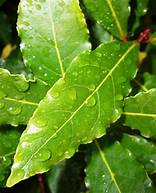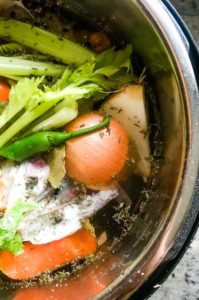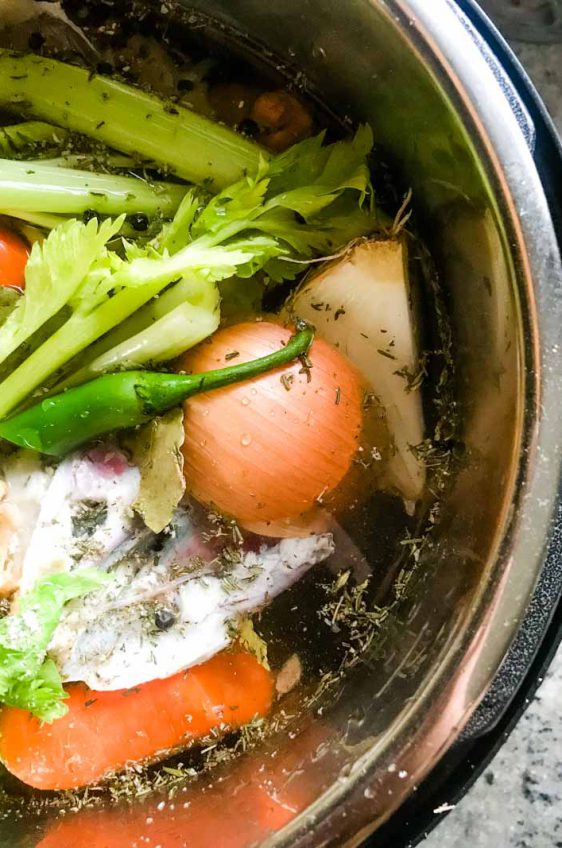It comes up as a topic in kitchens all the time.
Are Bay Leaves REALLY necessary? Or are they just a time-honored tradition?
Do we stock them on our shelves, then put them in our recipes because they truly add a valuable flavor? Or, because the recipe says to.
Are they worth the effort? The cost? Do they make a difference at all?
Would anyone really notice if they weren’t there?
To that point, there are Chefs who would argue that adding Bay Leaves to most (if not all) recipes is like putting flowers on a grave.
They don’t do much for the deceased, but it makes you feel good that you did it anyway.
Is that true? Or, are they turning a blind eye, (or palate), to the fact that Bay Leaves are a legitimate, “go to” seasoning herb?
Granted, Bay Leaves, added to a recipe, aren’t going to bludgeon your palate, like say for instance, oregano or rosemary can.
Generally speaking, Bay Leaves DO add a subtle, but ever so noticeable background nuance, when added in the correct proportion to the remaining seasonings and ingredients in your recipes.
It might be likened to adding vanilla extract to a chocolate recipe. You only “seem” to taste the chocolate, but the vanilla is there lurking just below your taste perception of it, melding into the homogenous whole and rounding out the flavor.
You couldn’t admit to actually tasting the vanilla but you might likely notice its absence if it was omitted.
The chocolate wouldn’t quite taste the same.
Much is the same for Bay Leaves, especially when added to a medley of other more prominent herbs and spices in a recipe.
Could it be that the lack of their flavor contribution is more a factor of the lack of adding the necessary amount to be noticed.
What are Bay Leaves and how are they used?
Bay Leaves come from the Bay Laurel plant, which is classified as an evergreen and grow in warmer climates.

DRIED BAY LEAVES
They can be purchased and used fresh, dried, whole or ground. You can also purchase fresh leaves and dry them yourself, which typically takes about 4 weeks. From there, it’s best to store your newly dried leaves in a zip lock bag away from light and excessive heat.

FRESH BAY LEAVES
Most recipes which use Bay Leaves are for stocks, soups, sauces and stews. All of which are generally slow cooked which bring out the herbaceous aromas and flavors in Bay Leaves, that most would compare to oregano and thyme with just a hint of mint and spice.
From a use perspective, Bay Leaves should be added at the beginning of the recipe to allow the maximum amount of time for the leaves to release their flavors into the liquid. Much like making tea.

Unlike many herbs and spices which are actually consumed while enjoying the dish, whole bay leaves are removed from the finished recipes and discarded, leaving behind their contribution of savory goodness melded into the liquids.
Factoids:
- Worn as a woven leaf “crown” to signify honor and success by Emperors, Olympian athletes, poets and scholars, laurel, the name of the plant, worked its way into our everyday vocabulary.
- Upon successful completion of a 4-year college degree, you earn a baccalaureate, which translated, is: “berries of laurel,”
- And the supreme honor of Poet Laureate, to someone who composes poems for special occasions.

There are 2 distinctive types of Bay Leaves.
- California (Which are mostly sold fresh and which are more potent). If using fresh Bay Leaves, use about half the amount the recipe calls for.
- Mediterranean (Which are sold as dry whole leaves or ground). These are the “standard” Bay Leaves in almost every kitchen.
Other popular varieties of Mediterranean Bay Leaves come from West India, Indonesia and Mexico.
The current inventory of Bay Leaves at The Red Goose Spice company is a marvelously aromatic one sourced from India.
So, what conclusions can be drawn?
Bay Leaves, when still volatile, used in recipes correctly, and in their recommended amount, certainly add a distinctive flavor and aroma that only Bay Leaves can offer.
The key, is volatility as many kitchens use this herb so infrequently that it has lost much of its potency when called upon.
The Red Goose Spice Company recommends that you to buy Bay Leaves in whatever quantity necessary to use your inventory within 12 months of purchase to maintain their unique flavors and maximize their herbaceous contributions to your favorite dishes.
They’ll do a lot for your recipes make you feel good at the same time.

